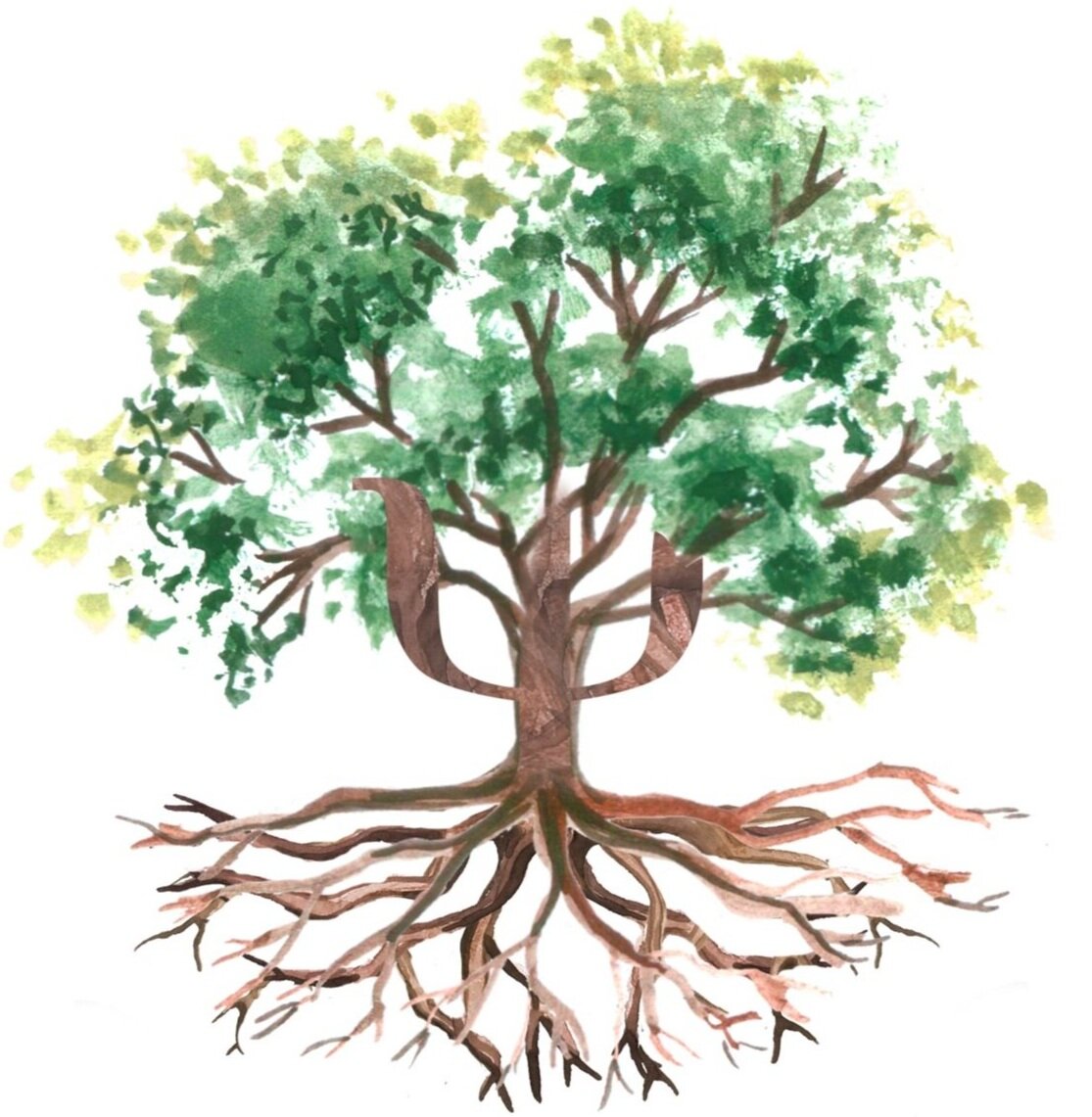Food has traditionally facilitated social interactions throughout human history.
It is no surprise then that food is integral to many holidays we celebrate, such as Chinese New Year reunion dinners (cue lou hei celebrations – but no verbal exhortations whether or not auspicious or propitious!), Thanksgiving feasts (think Turkey), or Iftar (or more commonly known as “buka puasa”) where we get to stuff ourselves with the delicious rendang that Nenek makes.
Having to face these delicious foods would make most drool, but for someone with an eating disorder, festive seasons could be viewed as terrifying experiences. Being in a situation abundant with food is likely to trigger anxious thoughts in someone with an eating disorder, especially if they have only just begun the recovery process. The enticing smell of good food, abundance of appetising snacks, pressure of having to eat and judgment from relatives adds stress on top of the person’s struggle to handle their eating disorder. For example, people with binge eating urges might find it difficult to control their urges when faced with large amounts of food. Coupled with the provoking questions relatives tend to ask (“ah girl ah, you so thin why you never eat anything at all ah?”), it is only normal that negative thoughts begin to surface.
What are eating disorders?
Eating disorders are psychological conditions characterised by unhealthy and disordered eating habits and are often associated with anxiety and depression.
Social media’s relentless portrayal of extreme thinness as the ideal standard of beauty has been named as one major factor responsible for the increasing prevalence of eating disorders. Another major cause of Eating Disorders is the desire for absolute control over an aspect of their lives - especially the individual has little to no control over other things.
An Insight into Anorexia, Bulimia, and Binge Eating
The common presentations of eating disorders are:
Ψ Anorexia Nervosa: persistent restriction of energy intake below minimal requirements
Ψ Bulimia Nervosa: binge eating with compensatory behaviours to prevent weight gain such as purging, fasting, or excessive exercise
Ψ Binge Eating Disorder: binge eating without compensatory behaviours
Helping Those with Eating Disorders Cope
So how can we cope or help those around us cope with their eating disorders during the festive seasons? Here are some tips you can adopt or help your friend with.
1. Form a support network
One doesn’t have to go through the struggle alone. If you’re suffering from an eating disorder, turn to a friend and reach out whenever you experience your triggers. Share your feelings and talk about them.
If someone close to you is going through a tough time, be there for them. Ask about their thoughts and feelings at the moment and actively listen to what they have to say. Acknowledge and validate the feelings that they are experiencing. It’s okay if you don’t understand what they are going through, just being there is enough for them. Avoid making judgments about their body shape or passing commenting on the choice or quality of food (eg. fat content, calories, etc).
2. Come up with a sustainable plan
Come up with a plan for situations you anticipate might be stressful and list ways to overcome them. Think about your potential triggers and come up ways to cope. For example, if sitting near a particular relative triggers your urge to watch what you eat for fear or judgement or reprisal, it’s alright to (politely) move away and sit someplace else.
Your plan can also include foods you want to eat or wish to avoid. Employ helpful coping statements such as “I don’t have to eat all of this food now because I am in control of myself” or “I don’t have to restrict myself from having this food because I have a plan, and I know that my plan works”.
Give yourself permission to eat whatever you feel like eating, within reason of course. By unnecessarily restricting your intake of certain foods, it could lead you to feeling out of control and powerless around food. Instead, give yourself permission to enjoy the food in front of you and remind yourself of your coping statements.
3. Practice mindful eating
Enjoy your food in a different manner. Slow down your eating process and think about what you’re eating and where your food comes from. Describe them in terms of their taste, texture or smell and savour the experience. Choose a few foods and repeat this process, each time thinking about what and why you enjoy them. This way, you can improve your relationship with food.
Mindful eating is also recognising when your body is full. Our bodies send a signal to our brains when it is full, but this signal arrives at our brain only after about 20 minutes. Learn to recognise and differentiate what are your body’s hunger signals versus your emotional hunger triggers.
4. Cultivating self-compassion
It is incredibly brave to face a situation like this head-on. Recognise that you are stepping out of your comfort zone and challenging your unhealthy thoughts and behaviours. It’s alright if you don’t succeed at first in your plans. You are strong and extremely courageous for doing this!













